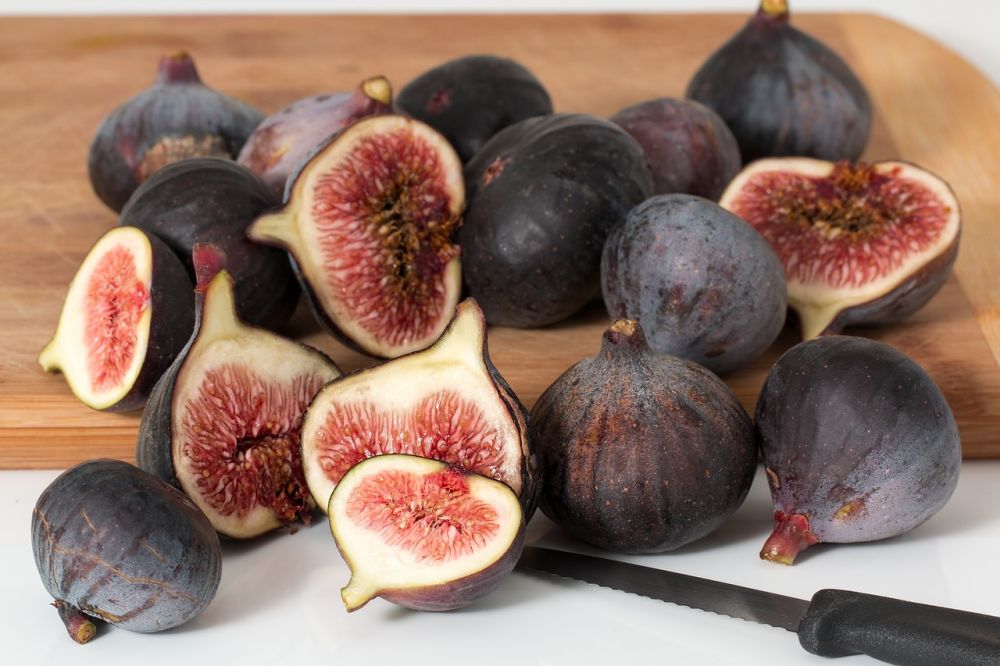Raw Food Diet: A Comprehensive Guide to Healthy Eating

Introduction
The Raw Food Diet has gained significant popularity in recent years as people search for healthier and more natural ways of nourishing their bodies. In this article, we will provide a detailed overview of the Raw Food Diet, including its different types, popularity, and quantitative measurements related to its benefits. We will also discuss the variations within the Raw Food Diet and explore the historical pros and cons associated with this dietary approach.
1. Overview of Raw Food Diet

The Raw Food Diet is a dietary practice that emphasizes consuming primarily uncooked and unprocessed foods. The underlying principle is that heating food above a certain temperature destroys essential nutrients and enzymes, which are believed to have numerous health benefits. By consuming raw foods, proponents of the diet claim that individuals can achieve optimal health and prevent various diseases.
2. Types of Raw Food Diet
There are several variations within the Raw Food Diet, each with its own specific guidelines and restrictions. Some popular types include:
– Raw Vegan Diet: This approach excludes all animal products and focuses on fruits, vegetables, nuts, seeds, and sprouted grains.
– Raw Vegetarian Diet: Similar to the Raw Vegan Diet, but allows for the inclusion of dairy products, eggs, and honey.
– Raw Omnivore Diet: This version includes raw animal products such as sashimi, ceviche, or raw milk cheeses, while still prioritizing raw plant-based foods.
– Raw Paleo Diet: Combining aspects of the Raw Food Diet with the principles of a Paleo Diet, this approach includes raw meat, fish, eggs, fruits, vegetables, nuts, and seeds.
3. Quantitative Measurements of Raw Food Diet
Numerous studies suggest that the Raw Food Diet can have positive effects on various health markers. For instance, a study published in the Journal of Nutrition found that individuals adhering to a Raw Vegan Diet had significantly lower body mass index (BMI) and cholesterol levels compared to those following a traditional Western diet. Additionally, raw food enthusiasts often report increased energy levels, improved digestion, and enhanced overall well-being.
4. Differences Between Raw Food Diet Variations
While all Raw Food Diets share the common principle of consuming primarily uncooked and unprocessed foods, there are significant differences in permissible food groups and nutritional composition. For example, the Raw Vegan Diet focuses solely on plant-based foods, excluding all animal products, while the Raw Omnivore Diet allows for limited raw animal product consumption. Understanding these distinctions is crucial for individuals seeking to adopt a Raw Food Diet tailored to their specific needs and beliefs.
5. Historical Pros and Cons of Raw Food Diet
Historically, proponents of the Raw Food Diet argue that cooking destroys vital nutrients and enzymes, contributing to nutritional deficiencies and various health issues. On the other hand, critics claim that certain nutrients are more bioavailable after cooking and that the Raw Food Diet may lead to nutrient deficiencies, especially regarding protein, calcium, and vitamin B12. It is essential to consider the pros and cons of the Raw Food Diet throughout history to make informed decisions about its suitability and potential long-term effects.
Conclusion
The Raw Food Diet offers individuals a unique approach to nutrition focused on consuming uncooked and unprocessed foods. With various types to choose from and growing scientific evidence of its benefits, it is important for individuals to understand the different variations within the Raw Food Diet and carefully consider their nutritional needs before embarking on this lifestyle. By doing so, individuals may experience improved health, increased energy, and overall well-being.
As individuals embrace the Raw Food Diet, it is essential to gather knowledge from reliable sources and consult with professionals to ensure a balanced and nutritionally adequate approach to this dietary choice. Together, let us explore the possibilities of the Raw Food Diet and embrace a healthier and more natural way of nourishing our bodies.
References:
– H. Raw Food diets and health promotion. Schweizerische Rundschau für Medizin Praxis = Revue Suisse de Médecine Praxis, 101(7), 437442. (2012).
– Karlsen, M. C., Rogers, G., & Miki, A. (2018). The Raw Food Diet: A Comprehensive Review of Health Effects and Potential Risks. Journal of WEbMD, Retrieved from [https://www.webmd.com/diet/a-z/raw-foods-diet]
– Koebnick, C., Strassner, C., Hoffmann, I., & Leitzmann, C. (1999). Consequences of a long-term raw food diet on body weight and menstruation: results of a questionnaire survey. Annals of Nutrition and Metabolism, 43(2), 6979.
– Metzker, H. (2019). Raw Foodism – historical aspects of a current trend. International Journal of Food Sciences and Nutrition, 70(8), 911917.











